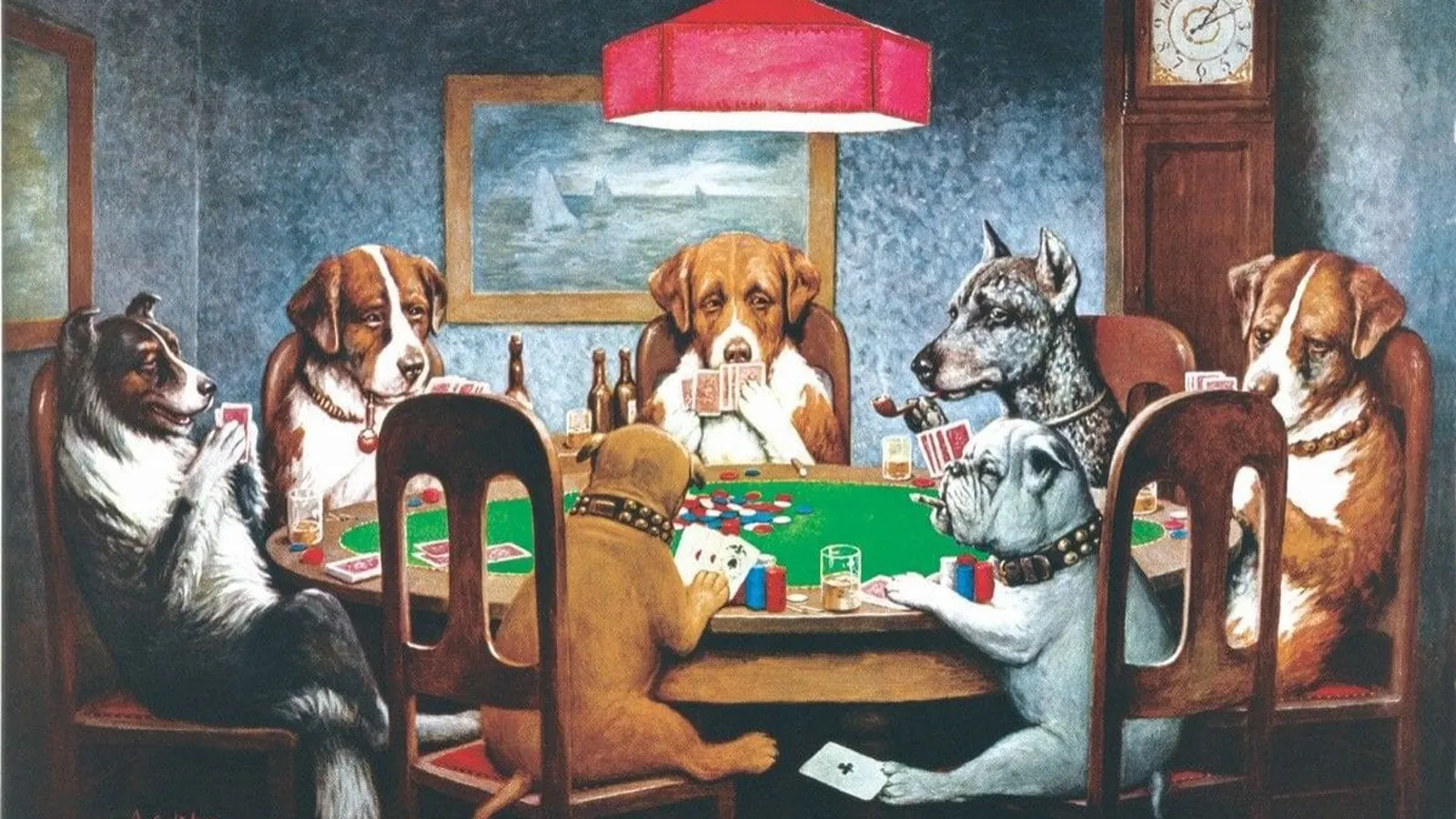Stablecoins are in vogue. More than 100 are floating around the cryptoweb, offering up a warm bosom for crypto investors bruised by the volatility of the markets. But all is not what it seems.
Some stablecoins are less stable than they appear. In October, Tether’s peg to the US dollar imploded and Gemini’s peg looked more like a balloon. Market traders lined up to bet on the daily swings these digital dollars have against fiat, potentially making those swings worse.
Enter MakerDAO, creators of the DAI, yet another stablecoin that has to deal with the challenge of staying tied to its peg. But unlike messrs Gemini and Tether, MakerDAO’s stability has to balance both dollars and ether to keep it from toppling over.
Allow us to explain. While DAI is pegged to the US dollar—$1 dollar = 1DAI—it's collateralized by ether, the currency at the heart of Ethereum. DAI creators have to put up Ether as collateral. It's a bit like borrowing money from a bank and using your house as collateral—you effectively swap cash for bricks and mortar.
But the DAI has a dilemma. If the value of the collateral drops, as ether has a habit of doing, you can wave bye bye to your 1:1 ratio. So MakerDAO plans to open the door to allow any ERC-20 token to be placed as collateral, in the hopes of making a sturdier peg. The more tokens it's tied to, the less likely all are to fail, so the theory goes.
“With that mix, you’re spreading out the vulnerability, which will create more stability in the system,” claimed Mike Porcaro, head of communications at MakerDAO. The functionality is expected to be ready in Q1, 2019.
The scheme doesn't guarantee things won’t go pear shaped, of course. The ERC-20 ecosystem is a smorgasbord of tokens. Some tokens are backed by precious metals, such as gold, while others can represent fine art, or even represent digital collectibles, such as CryptoKitties. And there are some questionable projects out there, too, as shown by Centra; The SEC charged its founders with fraud.
So, what protects MakerDAO? The creators think they have the answer.
The organization is run by holders of the token MKR. Those holders can vote on decisions such as which tokens to allow into its stable. By analyzing and checking tokens, they are able to ensure that only good, quality tokens are included.
Naturally, things can, and do, slip through the cracks. Centra managed to find its way onto the Binance exchange before it was undone by the SEC. But the MKR holders have a big incentive: If the peg breaks, the MKR token will be diluted, to pay back DAI holders out of pocket.
The inevitable question thus arises: how quickly will MKR holders dump their stock at the first sign of trouble? That's a ship no one wants to go down with.





